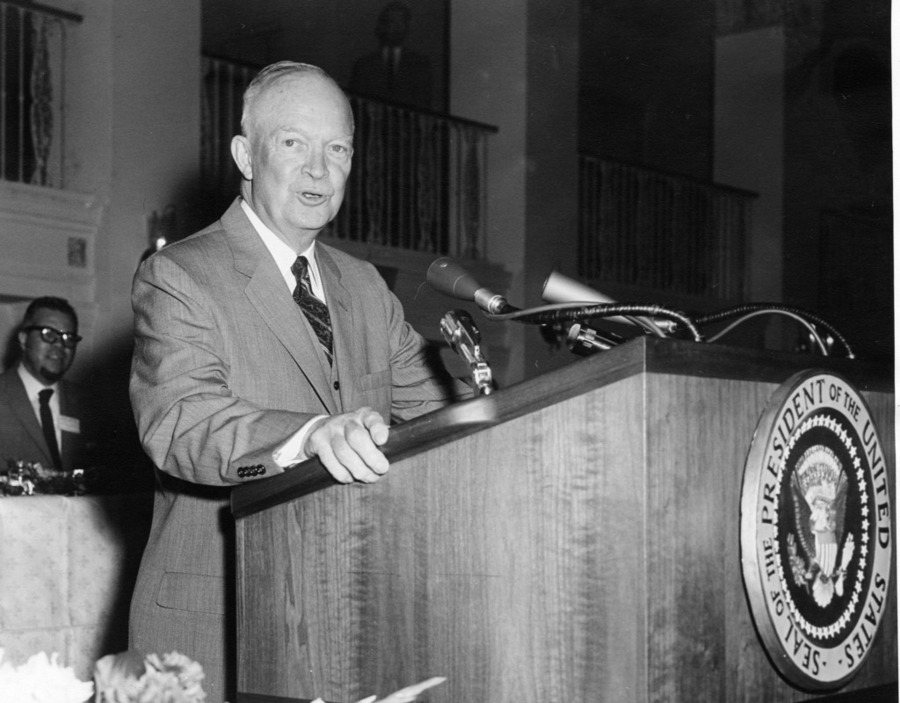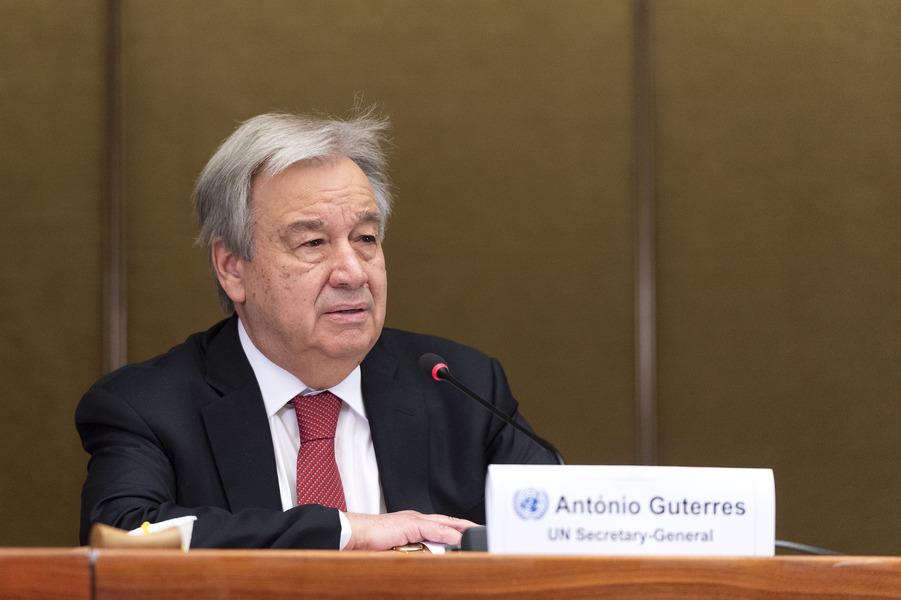The FAA and the Lawfare Drone Smackdown
Little did Ritika know, when she wrote about the case of the missing drone over Washington the other day, that she would precipitate a legal crisis for the Lawfare Drone Smackdown. But her post went a bit viral.
Published by The Lawfare Institute
in Cooperation With

Little did Ritika know, when she wrote about the case of the missing drone over Washington the other day, that she would precipitate a legal crisis for the Lawfare Drone Smackdown. But her post went a bit viral. The story got picked up by the DCist and by Washington City Paper. And Ritika's post was reprinted in Slate. So I was not altogether surprised to learn, as I was heading home Friday night, that Adam Eidinger---owner of the missing drone---had received a call from the FAA.
Mr. Eidinger tweeted: "Another downside to #DC living, no reps , no medical cannabis (yet), no personal drones allowed. #FAA just called to be clear. #MissingDrone." DCist fleshes out the story:
Eidinger's small camera-mounted quadcopter had made a number of runs over the city in recent months, but it wasn't until Sunday's downing that his use of the Chinese-made hobby copter became evident to federal authorities. In a friendly phone call, Eidinger recounted, an FAA official told him that according to a 2009 NOTAM—a "Notice to Airmen"—everything from model airplanes to hobby rockets and crop-dusters are forbidden in the tightly regulated skies over D.C.
This raises---or, rather, re-raises---a question about the Smackdown: Does the FAA consider it illegal?
The combatants in next week's drone melee had actually discussed this matter before, though until the FAA's call to Mr. Eidinger, more in jest than in seriousness. A while back, as DCist says, the FAA issued this Notice to Airmen about "Temporary flight restrictions for Special Security Reasons" in the Washington D.C. area. By its terms, it bans within a 30 nautical mile radius of downtown D.C., well, just about everything:
THE FOLLOWING OPERATIONS ARE NOT AUTHORIZED WITHIN THE DC FRZ: FLIGHT TRAINING, AEROBATIC FLIGHT, PRACTICE INSTRUMENT APPROACHES, GLIDER OPERATIONS, PARACHUTE OPERATIONS, ULTRA LIGHT, HANG GLIDING, BALLOON OPERATIONS, TETHERED BALLOONS, AGRICULTURE/CROP DUSTING, ANIMAL POPULATION CONTROL FLIGHT OPERATIONS, BANNER TOWING OPERATIONS, MAINTENANCE TEST FLIGHTS, MODEL AIRCRAFT OPERATIONS, MODEL ROCKETRY, FLOAT PLANE OPERATIONS, UNMANNED AIRCRAFT SYSTEMS (UAS) AND AIRCRAFT/HELICOPTERS OPERATING FROM A SHIP OR PRIVATE/CORPORATE YACHT.
We considered briefly whether this might affect the Smackdown, but all of us assumed that products like the Parrot AR Drone 2.0 were not what the FAA had in mind either when it referred to either "Unmanned Aircraft Systems" or, more particularly, to "Model Aircraft Systems." To be sure, I entirely understand why the FAA would be concerned about Mr. Eidinger's flying a relatively powerful quadcopter nearly a mile over a dense urban area, losing control of it, and having it crash-land somewhere---somewhere that could have been on someone's car, or head. But the Parrot AR Drone 2.0 is a different---and much lesser---animal. It is really a toy, sold by Brookstone in various locations throughout the D.C. restricted airspace without any kind of warning that there might be FAA restrictions on its use. It's range is very limited---about 50 meters. It has a battery life of between 12 and 15 minutes. It's mostly made of styrofoam, so it's capacity to injure people is, even in an accident, significantly less than that of a baseball. It's much more like one of the little helicopters you can buy at any Radio Shack. And those can't be a problem, right?
Unfortunately, the FAA's call to Mr. Eidinger made me look a little more closely at the rules, and as best as I can tell, the FAA does not have a lower-end size and range threshold for considering a flying object to be a model aircraft banned in the D.C. restricted flight zone. (If anyone has any information that contradicts this tentative conclusion, please let me know.) Indeed, as best as I can tell, the rules seem to cover those little Radio Shack helicopters---at least if you fly them outside---as much as they cover Mr. Eidinger's drone. The more I looked, the more the FAA seemed to be saying that if it flies at all, you can't use it in the D.C. airspace.
The would-be combatants have conferred and decided that we are going to proceed with the Smackdown as planned on the working assumption that the FAA does not mean for its rules to yield such total absurdities---that there must exist some implicit threshold of size, range, and altitude capability below which flying objects do not count as model aircraft for purposes of the ban, and that the Parrot AR Drone 2.0 falls beneath that threshold. Moreover, we are going to assume that flying six of them---no more than two or three at a time---in a park, not over housing and not more than 500 meters from each drone's control module, poses no more threat to aviation than does flying a kite in the same park.
That said, we are all law-abiding citizens with due regard for civil aviation authorities. Consequently, if between now and the Smackdown, the FAA asks us to move it outside of the restricted zone, we will grudgingly do so---though it will be an inconvenience to us and will preclude attendance by those Lawfare readers who have expressed interest in dropping by to watch. If we don't receive any such request, we will assume the FAA at least does not mind our little game.





